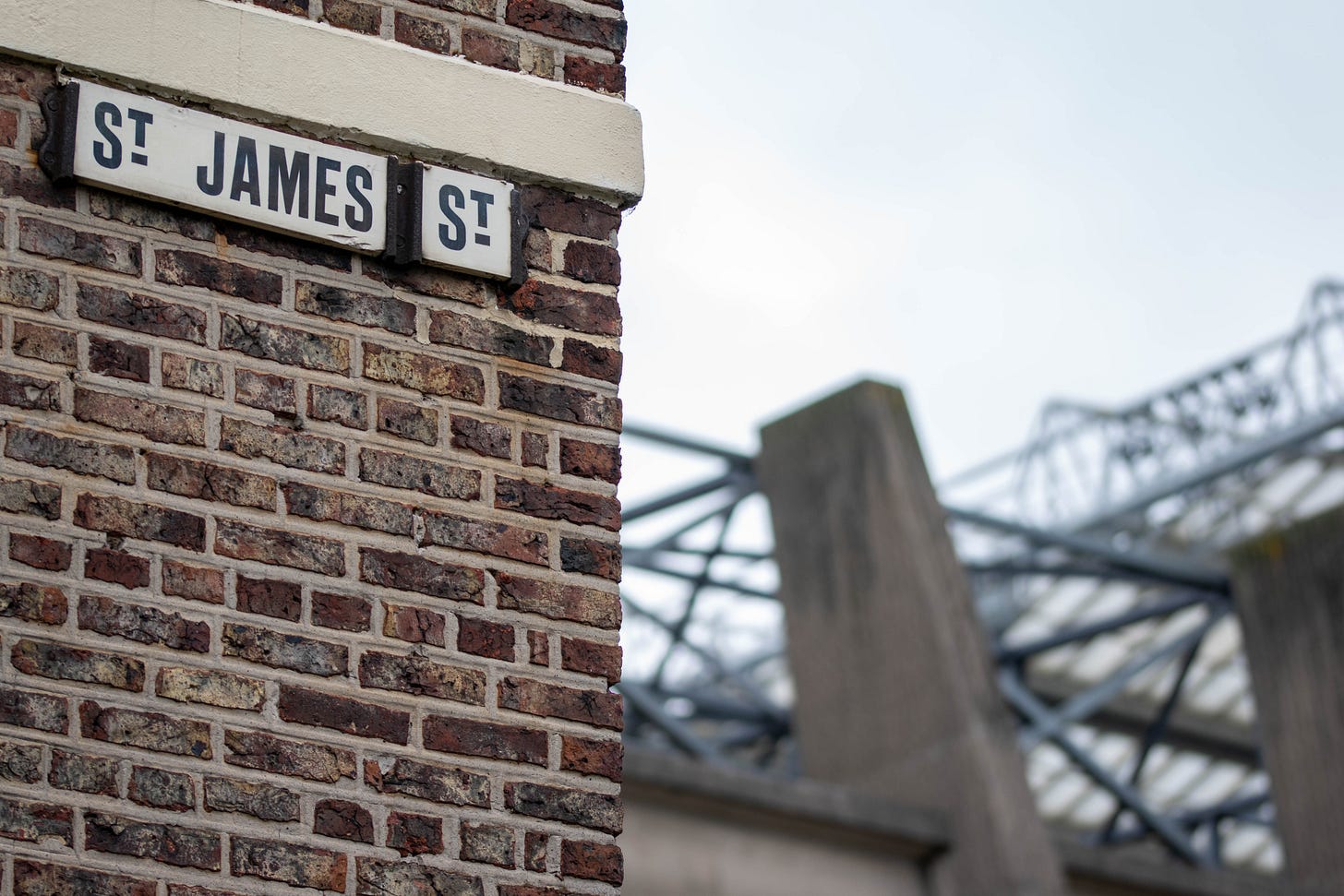New Newcastle United stadium: Why size matters
St James' Park's future: Newcastle United fans are waiting for the club to reveal its thinking on a new Leazes Park stadium – but will it be big enough?
Newcastle United fans can think big after the club qualified for the Champions League.
Supporters could next season visit the Bernabeu or Allianz Arena – or even the rebuilt Camp Nou, set to open at some point during 2025/26 – after a trophy-winning campaign was capped with fifth-placed finish.
The 2023/24 season saw fans visit the San Siro, Parc des Prince and Signal Iduna Park, three iconic stadiums.
Before Newcastle supporters learn the club’s next Champions League opponents, they should know a lot more about the club’s plans for their own team’s iconic home.
Faced with unprecedented demand for tickets at 52,305-capacity St James’ Park, the club has, for some time, been looking at options for expansion and relocation.
Strawberry Place sale
The re-acquisition of Strawberry Place, sold by then-owner Mike Ashley to developers for £9million, was done with a view to expansion at the Gallowgate end of the stadium.
Before Ashley bought the club in 2007, plans had been drawn up for an extended stand which would take St James’ Park’s overall capacity to 60,000.
I wrote about this plan, quietly shelved by Ashley, for the Shields Gazette in November 2019 after planners approved a controversial proposal to build on Strawberry Place which would have made future expansion of the stadium almost impossible.
Ashley, it seemed, had sold the club short.
Plans from developers for apartments, offices and a hotel on the land given the go-ahead despite more than 1,700 objections. The high-rise development would have changed the city’s skyline – and blocked views of St James’ Park.
Of course, work never started on the site, and the land was eventually sold back to the club’s new owners.

‘You’re going to need a bigger stadium’
Fast forward to today, and a 60,000 stadium is not big enough given the extraordinary demand for seats.
Tens of thousands of fans are left disappointed after every member ballot for home tickets, and this clamour will only increase if the team continues to progress on the pitch.
This unfulfilled demand equates to a huge amount of lost revenue each and every home game at a time when the club, working within domestic and European financial fair play rules, needs to generate more cash for investment in the squad.
The club’s international fanbase is also growing, and there are more and more fans from around the world wanting to watch a game at St James’ Park, which is hemmed in on one side by the Grade I-listed Leazes Terrace.
A report in the Daily Mail in March, on the eve of the Carabao Cup final, stated that the club’s intention was to build a 65,000-seater stadium, with a “bubble-wrap-type exterior”, on Leazes Park, adjacent to St James’ Park.
Leazes Park is the only viable city centre option for new stadium as a huge brownfield site within walking distance of St James’ Park is set for a massive housing development.
The club, the report claimed, had shelved plans to redevelop its current home in favour of a new build.
So, 13,000 more seats is a massive increase in capacity, yet is it big enough? That is the question facing the club, which is close to appointing a chief executive officer to succeed the outgoing Darren Eales.
Presumably, a proportion of those extra seats would be for the corporate/hospitality market, leaving less than that figure for fans.
Newcastle’s ‘forever home’
Supporters are used to seeing tens of thousands of fans ahead of them in online queues for general sales of tickets, so there is an argument to think even bigger if this is to be the club’s “forever home”, the phrase used by chief operating officer Brad Miller when talking about the club’s stadium decision last year.
The club could well think even bigger.
If you build it, they will come.


